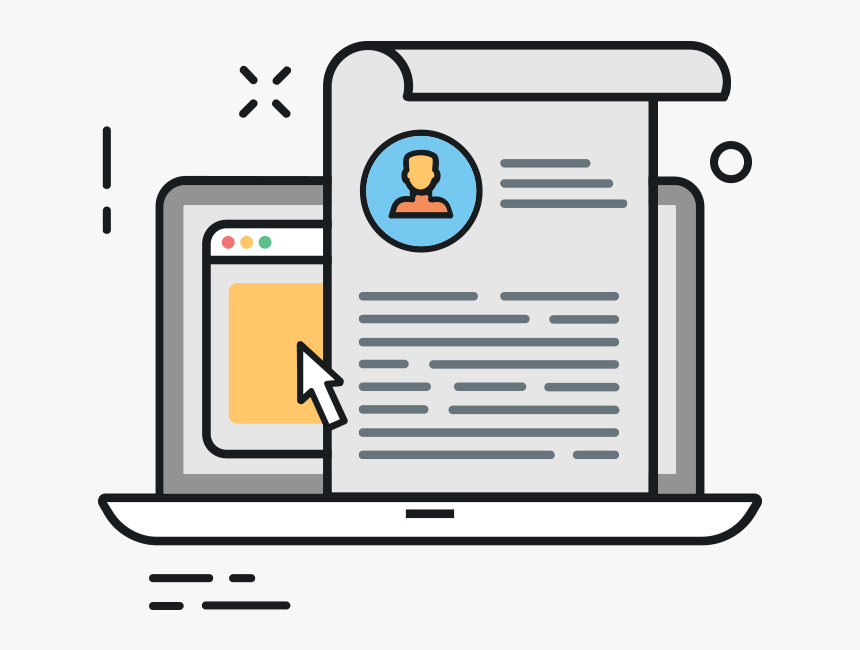Elevating Web Conversions Through Strategic Personalization: A Comprehensive Framework
In the contemporary digital landscape, personalized user experiences are paramount for sustained online success. Web personalization, the process of tailoring website content and user interface to individual preferences, significantly enhances conversion rates and drives business growth. This framework details fifteen crucial steps for effective web personalization implementation, grounded in established marketing principles and data-driven insights. Key concepts include market segmentation (dividing a market into distinct groups with similar needs and characteristics), consumer behavior analysis (understanding how consumers make decisions and interact with products/services), web analytics (measuring and analyzing website traffic and user behavior), A/B testing (comparing two versions of a webpage to determine which performs better), recommendation systems (algorithms that suggest products or content to users), and machine learning (using algorithms to learn from data and improve performance over time).
Building a Robust Foundation: Understanding and Targeting the User Base
- Comprehensive Audience Profiling: Begin with in-depth market research utilizing qualitative methods like ethnographic studies and quantitative methods such as surveys to understand target audience demographics, online behavior, preferences, pain points, and motivations. This establishes a strong foundation for personalization, drawing upon principles of consumer behavior analysis and market segmentation. For instance, ethnographic research can reveal unmet needs and motivations that quantitative methods might miss, leading to more effective personalization strategies. Analyzing survey data through statistical techniques like factor analysis can help identify key underlying dimensions of consumer preferences.
- Strategic User Segmentation: Segment the audience into distinct groups based on shared characteristics (demographics, online behavior, interests) to enable targeted messaging and experiences. This leverages the principles of market segmentation, using variables such as demographics, behavioral data (e.g., purchase history, website navigation), and psychographics (e.g., values, lifestyle). Clustering algorithms, a machine learning technique, can automatically group users based on their similarities, enhancing efficiency and effectiveness of segmentation.
- Data-Driven Decision Making: Implement robust analytics platforms (e.g., Google Analytics) to track user behavior, interactions, and preferences. This data informs personalization strategy refinement and leverages web analytics and data mining techniques. For example, identifying high-value customer segments through cohort analysis can inform resource allocation and targeted marketing efforts. Analyzing bounce rates and conversion funnels can reveal pain points in the user journey.
Implementing Personalized User Experiences: A Multifaceted Approach
- Dynamic Content Optimization: Use dynamic content delivery systems to offer personalized recommendations and targeted offers. E-commerce sites, for instance, can use collaborative filtering to suggest products based on user browsing history and past purchases. This uses principles of recommendation systems and personalized marketing; for example, a well-designed recommendation engine can increase sales by 10-30% by surfacing relevant items to users.
- Landing Page Personalization: Tailor landing pages to individual segments' unique needs. A highly relevant landing page significantly increases conversion probability. This relies on conversion rate optimization (CRO) and A/B testing. For example, different landing pages can be tested for various customer segments to identify the most effective design and message for each segment.
- Iterative A/B Testing: Rigorously A/B test different personalized experiences to continuously optimize conversion rates. This involves experimental design and statistical analysis. The application of statistical significance testing ensures that observed improvements aren't due to chance.
- Personalized Communication Strategies: Develop personalized email campaigns based on user preferences and past interactions. Tailored email content strengthens relationships and drives conversions, leveraging relationship marketing and direct marketing principles. Personalization can significantly improve email open and click-through rates.
- Behavioral Trigger Mechanisms: Implement behavioral triggers to engage users at key points in their journey. Discount offers for users about to abandon their shopping cart mitigate cart abandonment. This applies principles of behavioral economics and persuasive technology. For example, a well-timed discount can significantly reduce cart abandonment rates.
- Algorithmic Product Recommendations: Utilize machine learning algorithms (collaborative or content-based filtering) to generate personalized recommendations. This enhances cross-selling and upselling, applying AI and machine learning. Machine learning models can be retrained periodically to adapt to evolving user preferences.
- Customized Call-to-Action (CTA) Optimization: Tailor CTAs to resonate with each segment's mindset and intent. Compelling language and design are crucial for motivating conversions, using persuasive design and UX principles. Testing different CTA button colors, text, and placement can reveal which options are most effective.
- Real-time Personalization: Leverage real-time personalization technologies to deliver customized experiences based on current user behavior. A pop-up offer relevant to the viewed page drives immediate conversions. This uses real-time data processing and contextual marketing. For instance, a personalized offer based on current browsing behavior can improve conversion rates significantly.
- Geo-Targeting for Localized Relevance: Use geo-targeting to deliver location-specific content and offers. A travel website can showcase deals relevant to the user's location, leveraging location-based marketing and geographic information systems (GIS). This allows for targeted advertising and improved campaign ROI.
Enhancing the User Journey and Building Trust: Key Considerations
- Personalized User Journey Mapping: Design personalized journeys aligned with each segment's goals and preferences. This uses UX design and journey mapping principles. Understanding the user journey helps identify pain points and opportunities for improvement.
- Leveraging Social Proof: Incorporate social proof (customer reviews, testimonials, ratings) to build trust and credibility. Positive social proof mitigates concerns and improves conversions, using principles of social psychology and influencer marketing. Displaying positive reviews and testimonials can significantly impact purchase decisions.
- Continuous Monitoring and Optimization: Web personalization is an iterative process. Regularly analyze data, gather user feedback, and refine strategies for optimal results. This emphasizes agile methodologies and iterative development. Regular analysis and iterative improvements are essential for long-term success in web personalization.
Conclusion: A Data-Driven Approach to Personalized Growth
Effective web personalization is a powerful growth engine. By understanding the target audience, segmenting effectively, and leveraging data-driven insights, businesses create personalized experiences that foster loyalty and boost conversions. Continuous optimization, data-driven decision-making, and iterative strategy refinement unlock the full potential of web personalization, leading to higher conversion rates and improved customer experiences. Future research should explore the ethical implications of personalization, the development of advanced AI-driven personalization algorithms, and the long-term effects of personalization on customer satisfaction, brand loyalty, and overall business performance. A robust framework for ethical considerations is necessary to ensure responsible and transparent use of personalized data.
Reader Pool: Considering the ethical implications discussed, what strategies would you recommend for balancing personalization with user privacy and data security in a web personalization framework?







No comments yet. Be the first to share your thoughts!